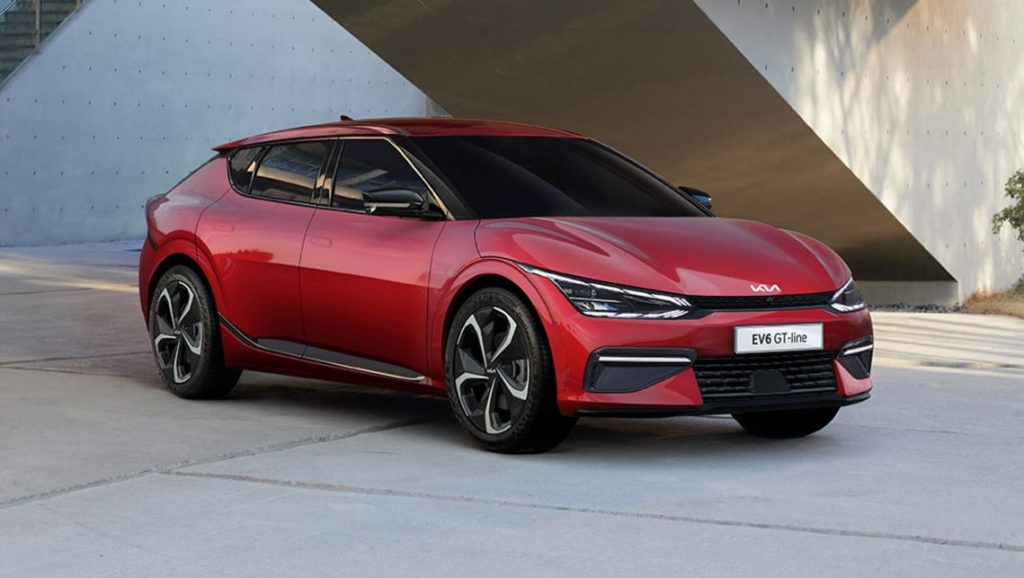When it comes to the power source of a car, many people assume that it runs on gasoline or diesel fuel. However, the electrical system of a car is just as important, and it relies on either alternating current (AC) or direct current (DC) to function. In this article, we will explore the differences between AC and DC power and which type of power your car uses.
AC vs DC Power:
Alternating current (AC) is a type of electrical power that changes direction periodically. It is the type of power that is supplied by the electrical grid and is used in most household appliances. Direct current (DC), on the other hand, flows in only one direction and is commonly used in batteries and electronic devices.
AC vs DC in Cars:
Most cars use DC power for their electrical systems. The battery, starter motor, and alternator all operate on DC power. The battery provides the initial power to start the car, and the alternator recharges the battery while the car is running. The DC power is also used to power the lights, radio, and other accessories in the car.
However, some electric and hybrid cars use AC power for their electric motors. AC power is more efficient for powering electric motors, and it allows for regenerative braking, which can recharge the battery while the car is slowing down.
Conclusion:
In conclusion, while AC and DC power are both important in the world of electricity, most cars use DC power for their electrical systems. However, as electric and hybrid cars become more popular, we may see an increase in the use of AC power in the automotive industry. Understanding the differences between AC and DC power can help you better understand how your car works and how to maintain its electrical system.




More Stories
Kelai JK OLED Installation Best Practices: Tools, Techniques, and Tips for High-Volume Smartphone Repairs
Performance, Application Scenarios and Selection of External Panel Materials for Outdoor Mobile Shelters
5 Game-Changing Tips to Supercharge Your Home Theater with a Universal Projector Remote